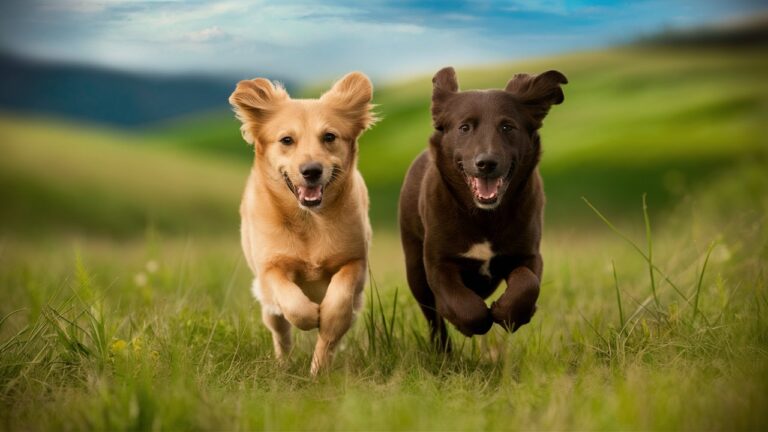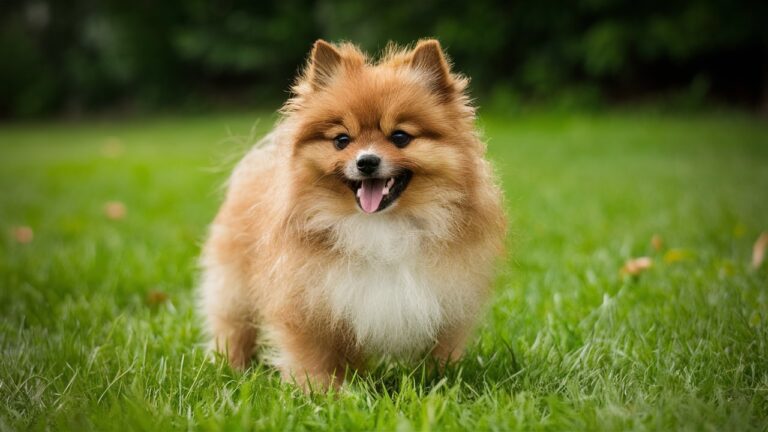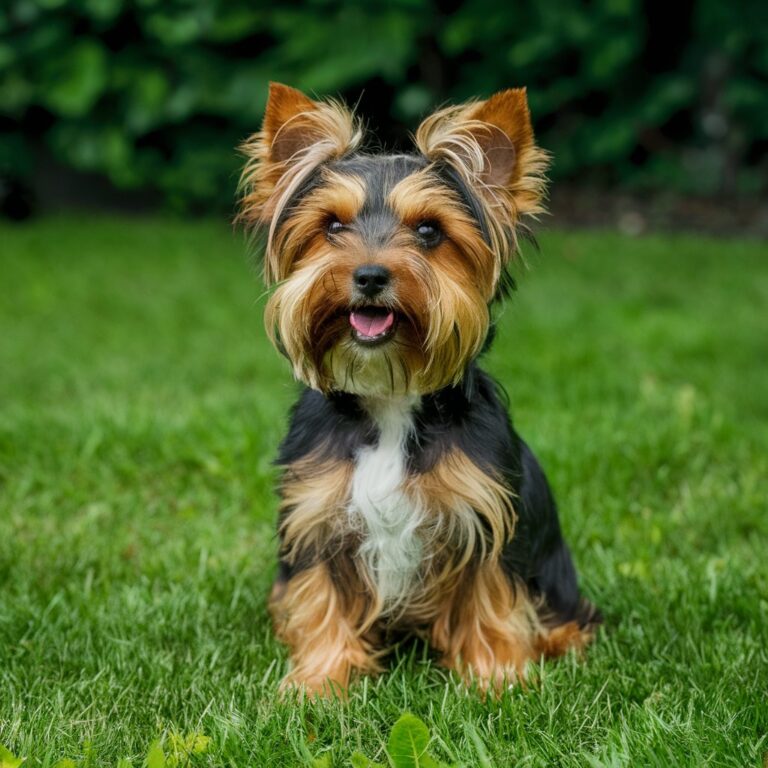The English Bulldog: 100% Gentle Companion with a Rich History
The English Bulldog, with its distinctive appearance and gentle temperament, is a breed that has captured the hearts of many dog enthusiasts around the world. Known for its loyalty and charm, the English Bulldog has a rich history and a unique set of characteristics that make it a popular choice for families and individuals alike. In this article, we will explore the history, characteristics, and care needs of the English Bulldog, along with some personal anecdotes to bring this beloved breed to life.
A Brief History of the English Bulldog

The English Bulldog’s roots trace back to the British Isles, where they were originally bred for bull-baiting, a popular sport in medieval England. This brutal activity involved dogs attacking bulls, and the breed’s name reflects its original purpose. Bulldogs were prized for their tenacity, strength, and courage.
Thankfully, bull-baiting was outlawed in 1835, and the English Bulldog began to transition into the companionable pet we know today. Breeders focused on enhancing their friendly and docile nature, resulting in a breed that is affectionate, loyal, and great with families.
Characteristics of the English Bulldog
Appearance
The English Bulldog is easily recognizable due to its unique appearance. It has a muscular build, with a broad chest and strong limbs. Their wrinkled face, pushed-in nose, and distinctive underbite give them an unmistakable expression that many find endearing. Despite their somewhat intimidating looks, Bulldogs are known for their gentle and loving nature.
Temperament
English Bulldogs are renowned for their calm and friendly demeanor. They are incredibly loyal to their families and are known to form strong bonds with their owners. Their patience and gentle nature make them excellent companions for children. Bulldogs are typically not aggressive and are quite tolerant, making them ideal for households with kids or other pets.
Health Considerations
While Bulldogs are generally healthy, they do have some breed-specific health concerns to be aware of:
- Brachycephalic Airway Syndrome: Due to their short snouts, Bulldogs can suffer from breathing difficulties, especially in hot or humid weather.
- Skin Infections: The breed’s characteristic wrinkles can harbor bacteria if not cleaned regularly.
- Joint Issues: Bulldogs are prone to hip and elbow dysplasia due to their stocky build.
Regular veterinary check-ups and a proper care routine can help manage these issues and ensure a healthy life for your Bulldog.
Caring for an English Bulldog

Diet and Nutrition
Providing a balanced diet is crucial for maintaining the health and vitality of your English Bulldog. Look for high-quality dog food that meets their nutritional needs. Bulldogs are prone to obesity, so it’s important to monitor their calorie intake and ensure they get enough exercise.
Exercise Needs
While Bulldogs are not the most energetic breed, regular exercise is essential to keep them healthy and prevent weight gain. Daily walks and playtime in the yard or park will help keep them fit and happy. However, it’s important to avoid strenuous activities in hot weather due to their breathing difficulties.
Grooming
English Bulldogs have a short coat that is relatively easy to maintain. Regular brushing will help keep their coat healthy and reduce shedding. Pay special attention to their facial wrinkles, cleaning them regularly to prevent infections. Regular dental care and nail trimming are also important aspects of Bulldog grooming.
Personal Experience with an English Bulldog
I remember the first time I met an English Bulldog named Max at a local dog park. Max belonged to a friend of mine, and his charming personality quickly won everyone over. Despite his stout build, Max had a gentle approach with children and would patiently allow them to pet and hug him. His playful antics, like chasing his own tail and rolling around on the grass, never failed to bring smiles to those around him.
One memorable moment was during a picnic when Max waddled over to a group of people and sat down right in the middle, looking around as if he were part of the conversation. His laid-back nature and love for human company were truly heartwarming.
Max’s presence at the park always drew a crowd. People were naturally curious about his breed, and many were surprised to learn about the Bulldog’s gentle nature, which contradicted his tough appearance. This firsthand experience with Max demonstrated how English Bulldogs, despite their historical background, are truly one of the most affectionate and loyal companions one could have.
The English Bulldog as a Family Pet
English Bulldogs make excellent family pets due to their loving and patient nature. They thrive on companionship and enjoy spending time with their human family. Bulldogs are known to be couch potatoes, often found lounging next to their owners on the sofa. Their relaxed demeanor makes them ideal for apartment living or homes with limited space.
However, it’s important to note that Bulldogs can be stubborn at times. Early socialization and consistent training will help them develop into well-mannered pets. Positive reinforcement methods work best with this breed, as they respond well to praise and treats.

Conclusion
The English Bulldog is a breed that embodies a blend of strength and gentleness. Their rich history, coupled with their loyal and affectionate nature, makes them a cherished companion for many families. While they do have some specific care needs, the joy and love they bring to a household are immeasurable.
Whether you’re drawn to their distinctive appearance or their endearing personality, owning an English Bulldog is a rewarding experience that brings warmth and happiness to any home. As Max, the Bulldog from the park, showed me, these dogs have a unique ability to bring people together and create lasting memories with their playful and loving nature.




